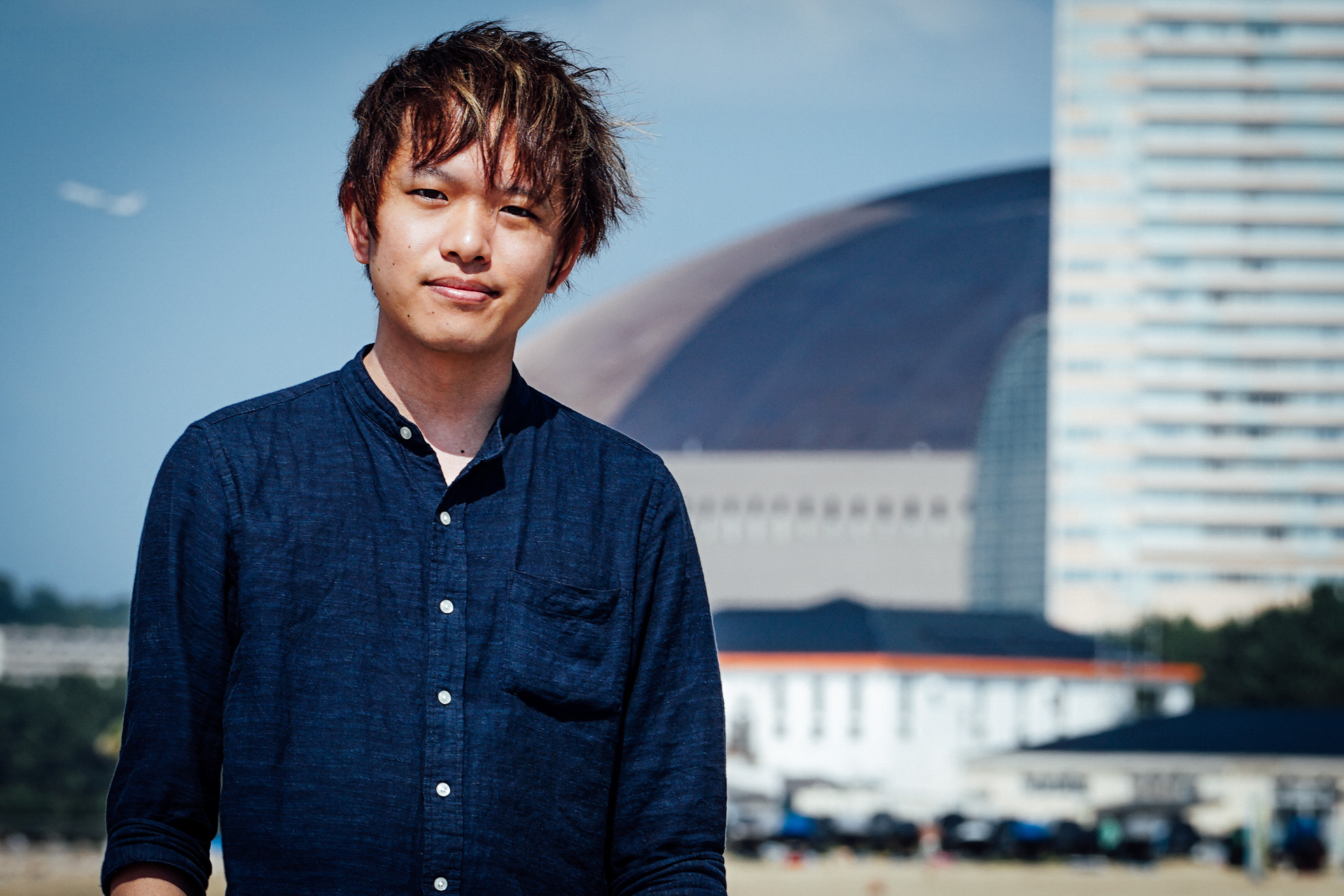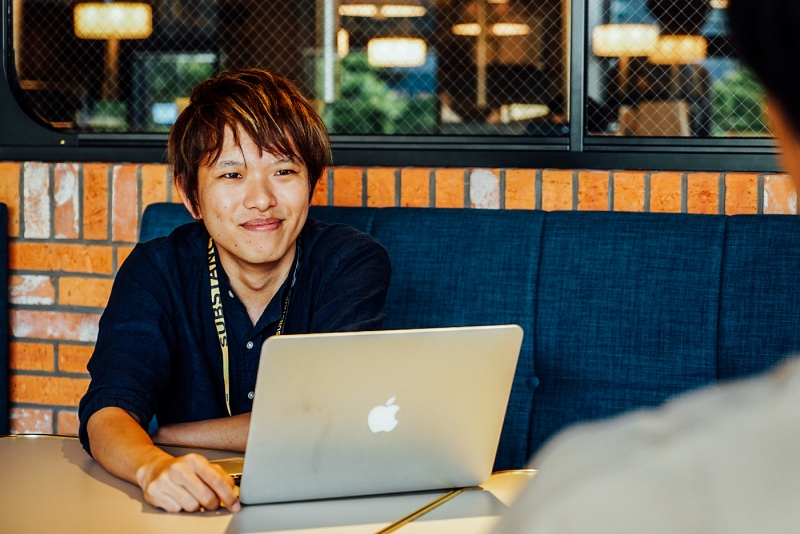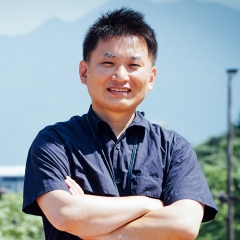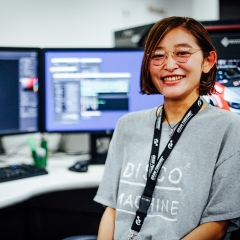WHO WORKS HERE
People Staff Interview

CG Artist

STAFF INTERVIEW
Developed an interest in computer graphics during elementary school and began creating original artwork through self-study. After studying MAYA at a vocational school, joined Polyphony Digital part-time. Became a full-time employee in 2016 and has since been developing material libraries.
-
A Transformers fan
I was born in central Saga and grew up in a family of six with my parents, grandparents, and younger sister. As a child, I was fascinated by robots, especially ones that would change into cars like "Transformers". I really wanted that toy so bad, but I would only get presents on birthdays or Christmas. So instead, I would look at the promotional photos and build my own versions out of Lego.
I wasn't a big video game player, but when I was in fifth grade of elementary school, my father bought me a PlayStation 2, and the one they had in the store happened to be the console that was bundled with Gran Turismo 4. I remember being surprised by how good the graphics looked and the sheer number of cars.
-
Interest in CG sparked by Star Wars
In elementary school, I watched the movie Star Wars. Generation-wise, I started watching from Episode 1, but as I continued through the series with Episodes 2 and 3, I heard there was already an Episode 4, so I went back and watched it. I was shocked because it felt very different from the Star Wars I knew, and instead of modern computer graphics, they used miniature figures. This had a big impact on me and sparked my curiosity about computer graphics and the unique forms of expression they offer. I became determined to get into CG, so I started researching through video websites and blogs. When I entered junior high school, I saved up and bought a program called Shade 7 Standard and began teaching myself CG production on my family's computer. At first, I really wanted to create characters, but the software was too difficult for me to do that at the time, so instead, I focused on modelling buildings and rooms.
-
U-turn into the gaming industry
In high school, I continued to create artworks using Shade, and I also started drawing illustrations in Photoshop. A friend suggested that it would be better to focus primarily on using industry-standard, high-end software for polygon modeling, so I decided to study Maya. I considered studying comprehensive computer graphics at a university, but since I was only interested in modelling, I found a vocational school in Fukuoka that taught MAYA and decided to go there instead.
I completed a two-year vocational program and stayed one more year as a research student. I was completely engrossed in modelling from morning to night, but it was very exciting to create things with my friends. Eventually, I will start thinking about finding a job. Many of my seniors moved into the TV or movie industry, and I was considering something similar, but I happened to hear from a friend that Gran Turismo had a studio in Fukuoka. It wasn't something that I had really been considering before that, but my memories of Gran Turismo 4 came flooding back to me, and so I decided to apply.

-
Developing the material libraries
I first joined the company part-time. Production of Gran Turismo 6 was in full swing, and I was tasked with creating the dials for auxiliary gauges and NASCAR wheels. One of the first things I learned was the importance of creating clean data. As a student, it was enough just to express my ideas visually. However, when it came to producing something that would be an actual product, I had to pay close attention to things like polygon flow, the resolution, etc., and create data that was lean without any unnecessary bits.
Currently, as well as working on creating the cars, I'm also developing our material libraries. The goal is to collect and catalogue materials commonly used in car interiors, such as fabrics, leather, and plastics, to build a system that can be used universally. I've been interested in materials ever since I was fascinated with robots, so I volunteered and was given the responsibility. Recently, new techniques like procedural generation have begun to emerge, and we are testing these every day.
-
Characteristics of Polyphony Digital
A lot of people here are detail-oriented. Of course, everyone has their own area they care deeply about, but I feel people at this company take a lot of pride in their work. With projects like the materials library I'm working on, you have the freedom to shape things the way you want. If you're worried about making mistakes, you can always seek advice, as the environment here is quite open and supportive.
I work at our Fukuoka Atelier studio, and the environment here is great. It takes about 20 minutes by bus for me to get to work, and we work flexible hours, so I can easily go to Tenjin or Hakata. There are a lot of nice places to eat, the airport is close to the city, and the rent is cheap, so I think it's a great place to live.
-
People who should consider Polyphony Digital
I've always been interested in CG and familiar with the tools, but there are artists at the company who only started using a PC after joining. So, not knowing computers or tools beforehand isn't something to worry about.
Sometimes the work requires that you stick to a single project for months. It's perfect for people who enjoy getting into the details and perfecting what they create. I'd be excited to work with others who see time not as a constraint, but as a chance to push their work even further.



